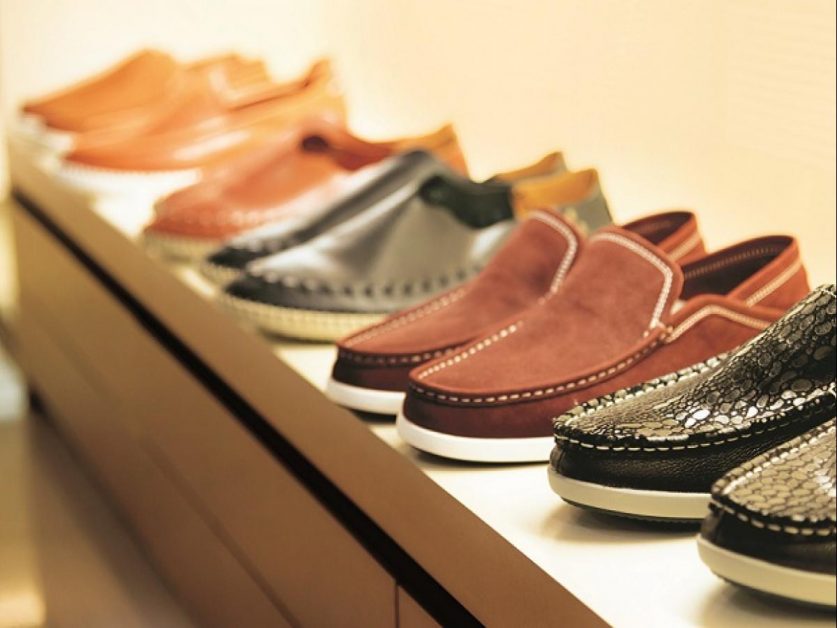August 2, 2020: The country’s footwear export has declined by 67.51 percent in the last five years due to competitive prices in the international market, lack of technology and skilled manpower, say manufacturers and traders.
While Nepal exported footwear worth Rs2.36 billion in the fiscal year 2014-15, the number declined to Rs 767 million in the fiscal year 2019-20.
Despite being listed in the Nepal Trade Integration Strategy, a strategy created by the government in 2016 to develop national trade, footwear has not been able to create comparative increment in the export year on year due to many factors.
One of the reasons contributing to this decline in exports could be because local manufacturers have been focusing on expanding their domestic market share while putting the low focus on export, said Krishna Kumar Phuyal, president of Footwear Manufacturers’ Association of Nepal. “Footwear manufacturers are focusing on fulfilling internal demand for now and export is not our priority currently which has also declined the export,” he said.
As part of the strategy, the association had aimed to increase annual footwear production up to 45 million and export annual volume over 12 million pairs by 2020 by narrowing the trade deficit of footwear up to 60 percent in terms of volume and 240 percent in terms of value. The strategy also aimed to cover the domestic market by 80 percent.
Phuyal said that the country has been meeting the production target, producing 40.5 million to 50 million pairs of footwear.
Currently, domestic footwear has been fulfilling 65 percent of the total demand in the country, he said. The demand for domestic footwear which was 35-40 percent a few years ago has increased to 55-60 percent now, he said. But that does not mean domestically Nepali manufacturers have no problems: they have to compete with cheap imported shoes that come in through the open border.
The country exported footwear of Rs767 million footwear in the fiscal year 2019-20, against Rs905 million in the previous fiscal year 2018-19, a decline by 15.19 percent. According to Phuyal, the reason behind this decline in export numbers is the Indian government’s decision to enforce policies that promote its own footwear brands, discouraging imported footwear.
To add to that, with the spread of coronavirus in China during the New Year, the footwear industry has been struggling to import raw materials, as most of the raw material is being imported from China. This has not only impacted the production and market domestically but also the country’s export.
The pandemic has hit the country’s shoemakers, who were already struggling in a market dominated by imports while expenditures continue to mount.
Only 5-10 percent of the total footwear industry are in operation currently due to the lack of manpower, raw material and market, he said. If the same situation continues for more than 10 days it will be difficult for the entire footwear industry to operate, he added.
There are currently 1,500 large and small shoe factories in the country, which provide 50,000 jobs, said the association. The association by 2020 had expected to increase job opportunities to 120,000 employees, but now that future seems uncertain.
Besides India, Nepal has also been exporting footwear to countries like the US, the UK, Denmark, Switzerland, Germany, Japan, Australia and Bhutan.
As for imports, the country imported footwear of Rs5.28 billion in the last fiscal year while the figures stood at Rs7.51 billion in the previous fiscal year. China and India are major footwear exporters for Nepal. Shoes are also imported from Thailand, Vietnam and Indonesia.
Source: Kathmandu Post








